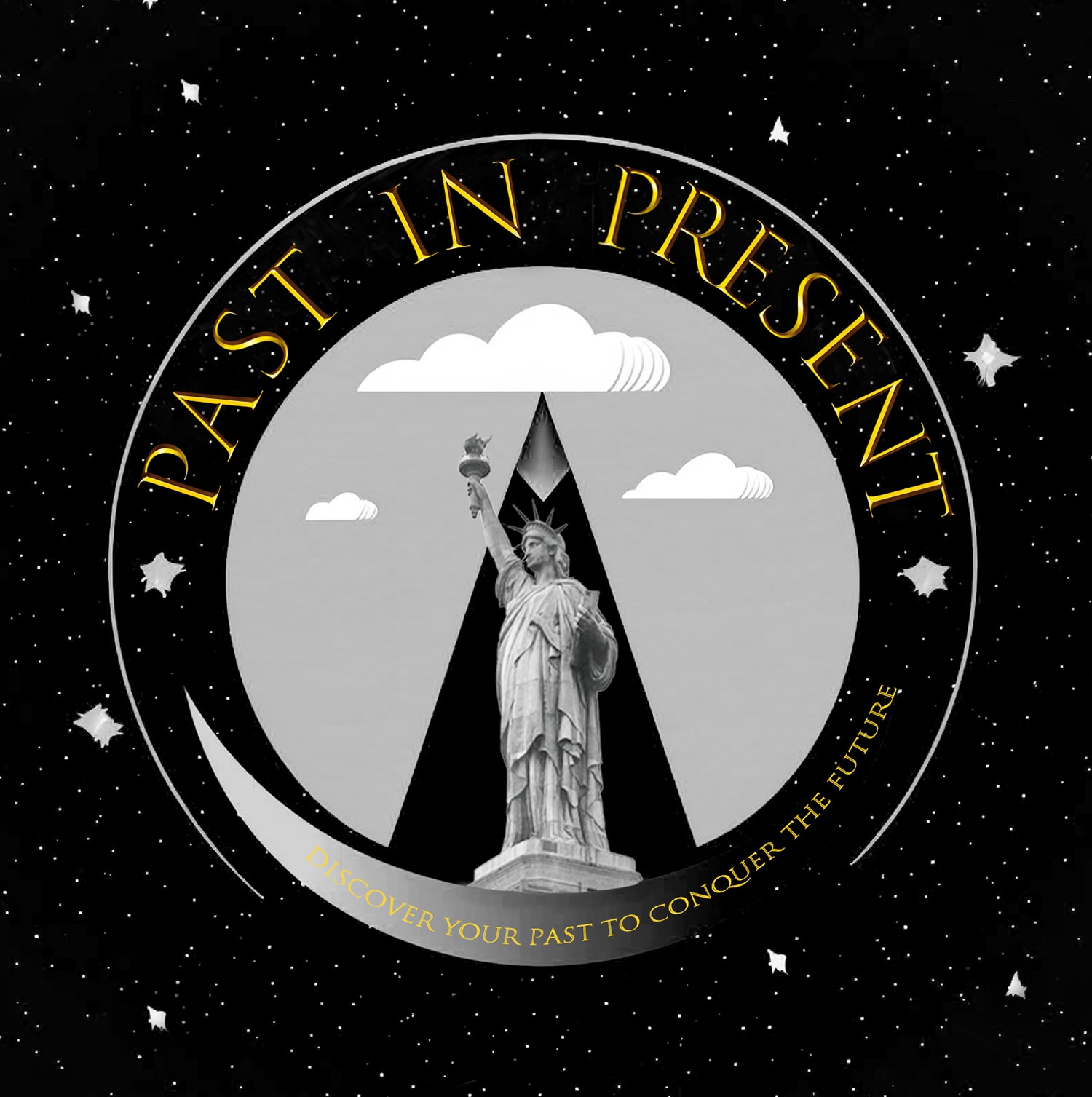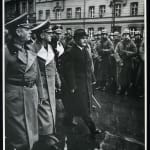-
Artworks
Open a larger version of the following image in a popup: Soviet Foreign Minister Vyacheslav Molotov arrived in Berlin on to negotiate with German Foreign Minister Joachim von Ribbentrop, November 12th, 1940. (Watermarks do not appear on the actual photograph.)
Open a larger version of the following image in a popup:
Soviet Foreign Minister Vyacheslav Molotov arrived in Berlin on to negotiate with German Foreign Minister Joachim von Ribbentrop, November 12th, 1940. (Watermarks do not appear on the actual photograph.)
Open a larger version of the following image in a popup: Soviet Foreign Minister Vyacheslav Molotov arrived in Berlin on to negotiate with German Foreign Minister Joachim von Ribbentrop, November 12th, 1940. (verso)
Soviet Foreign Minister Vyacheslav Molotov arrived in Berlin on to negotiate with German Foreign Minister Joachim von Ribbentrop, November 12th, 1940. (verso)
Soviet Foreign Minister Vyacheslav Molotov arrived in Berlin on to negotiate with German Foreign Minister Joachim von Ribbentrop, November 12th, 1940
Original Vintage Silver Gelatin Photograph10 x 8 in
25.4 x 20.3 cmPH13659Copyright The ArtistCurrency:Soviet and German leaders reviewing troops in Berlin. Soviet politician Vyacheslav Molotov is second from right. To his right is Reich Foreign Minister Joachim von Ribbentrop and Field Marshal Wilhelm...Soviet and German leaders reviewing troops in Berlin. Soviet politician Vyacheslav Molotov is second from right. To his right is Reich Foreign Minister Joachim von Ribbentrop and Field Marshal Wilhelm Keitel. Behind them are diplomat Gustav Hilger, Soviet Ambassador Alexander Schkwarzew and City Commander Ernst Seifert, 1940.
On November 12th, 1940 Soviet Foreign Minister Vyacheslav Molotov arrived in Berlin on to negotiate with German Foreign Minister Joachim von Ribbentrop. The talks were part of an effort to get the Soviet Union to join the Axis powers.
Molotov and Ribbentrop met for two interviews, and two meetings with Hitler and Ribbentrop present. Ribbentrop proposed dividing the world into spheres of influence between the Axis powers and the Soviet Union.
Molotov was wary of Germany's intentions and wanted assurances on Soviet interests in Eastern Europe and the Balkans.
Molotov left Berlin on November 14, 1940.
On his return to Moscow, Molotov reported his findings to Stalin.Provenance
Past in Present.com Inc private historical archive.
This photograph came from unidentified historical archive collection. All items from that source are vintage, well preserved, high quality and historically significant. The archive came with a few printed pages that contained biography of Philipp Freiherr von Boeselager who was a German army officer known for his involvement in the 1944 plot to assassinate Adolf Hitler. After World War II, he pursued studies in economics and became a forestry expert. He also co-founded the Malteser Hilfsdienst, the medical service of the German Order of Malta, and coordinated German pilgrimages to Lourdes.
So we can cautiously assumed that this photograph came from his collection, but provenance require further research.
6of 6




